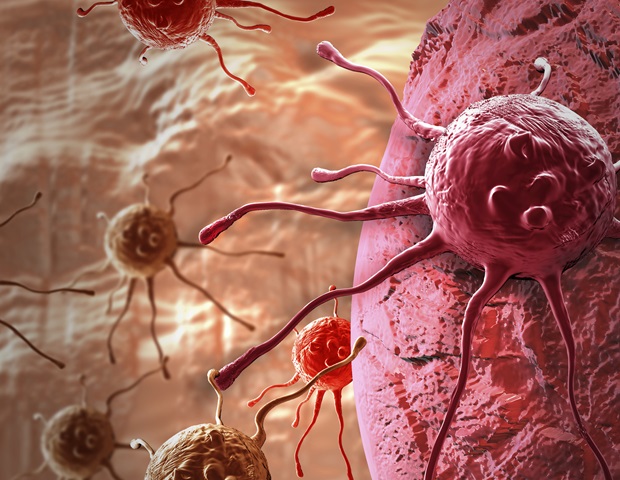Neuroblastoma accounts for 15% of total childhood cancer deaths. The survival rate of high-risk neuroblastoma patients is 50%.
For the first time, Australian researchers from Children’s Cancer Institute have discovered that a gene called JMJD6 plays an important role in the most aggressive form of the disease. The research is published today in the journal, Nature Communications.
The discovery opens up a new way to treat neuroblastoma, using drugs that target this gene.
It has long been known that a gain of the chromosomal region 17q is associated with the form of neuroblastoma with the poorer prognosis, however the particular genes within that chromosomal region that are important in neuroblastoma – and therefore are potential drug targets – have until now eluded researchers.
Associate Professor Tao Liu and his research team from Children’s Cancer Institute found a candidate gene, called JMJD6, from a tumor data base of 209 patients, finding the gene active in more than one in four patients with the aggressive form of neuroblastoma.
They turned off the gene in neuroblastoma cell lines and animal models of the disease and found that this led to a:
- Reduction in the growth of neuroblastoma cells
- Reduction in tumor progression
- Increased survival
Importantly, the research team, including Dr Matthew Wong, used a combination of drugs targeting JMJD6 gene expression in a mouse model of the disease. The researchers found that after three weeks of drug combination treatment, neuroblastoma tumor size was reduced by 80% compared to the control. According to Associate Professor Liu, similar drugs to the ones used in their experiments are currently in clinical trials for other cancers, making it more likely that this particular treatment strategy will be available for clinical trials of neuroblastoma.
